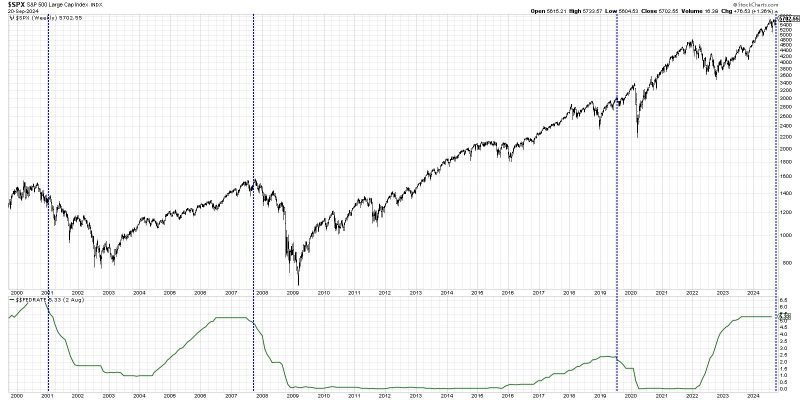When it comes to evaluating the impact of interest rate cuts on stock performance, investors often find themselves grappling with complex economic indicators and market dynamics. Stock markets are known to exhibit a wide range of reactions in response to changes in interest rates, with varying degrees of bullish or bearish sentiment prevailing at different times. It is crucial for investors to have a nuanced understanding of the relationship between rate cuts and stock performance to make informed investment decisions.
Historically, central banks have employed interest rate cuts as a monetary policy tool to stimulate economic growth during periods of economic slowdown or recession. By lowering borrowing costs, rate cuts aim to incentivize borrowing, investing, and spending, thereby boosting overall economic activity. In theory, a reduction in interest rates should lead to increased consumer spending, higher corporate profits, and ultimately, a rise in stock prices.
However, the actual impact of rate cuts on stock performance is often more nuanced and multifaceted than a simple cause-and-effect relationship. While initial reactions to rate cuts may be positive, with stock prices rallying in anticipation of increased economic stimulus, the longer-term implications can be influenced by a variety of factors.
One significant consideration is the market’s expectations and pricing of rate cuts. If rate cuts are already priced into the market or if the magnitude of the cut is less than anticipated, the impact on stock prices may be muted. In contrast, unexpected or aggressive rate cuts could fuel a more pronounced bullish sentiment as investors adjust their expectations for future economic conditions.
Moreover, the specific sectoral composition of the stock market can also influence the response to rate cuts. Interest-sensitive sectors such as banking, real estate, and utilities are likely to benefit from lower borrowing costs, potentially outperforming the broader market following rate cuts. On the other hand, sectors that rely heavily on consumer discretionary spending may experience mixed results, as lower rates can stimulate consumer demand but also raise concerns about the overall health of the economy.
Global economic conditions and geopolitical events further complicate the relationship between rate cuts and stock performance. In an interconnected world, developments in international markets, trade policies, and currency valuations can exert significant influence on domestic stock prices, often overshadowing the immediate impact of interest rate changes.
Ultimately, investors seeking to navigate the complexities of rate cuts and stock performance must adopt a comprehensive and forward-looking approach. By considering a range of factors including market expectations, sectoral dynamics, and global macroeconomic trends, investors can better assess the implications of rate cuts on their investment portfolios and make well-informed decisions in an ever-evolving market environment.






























